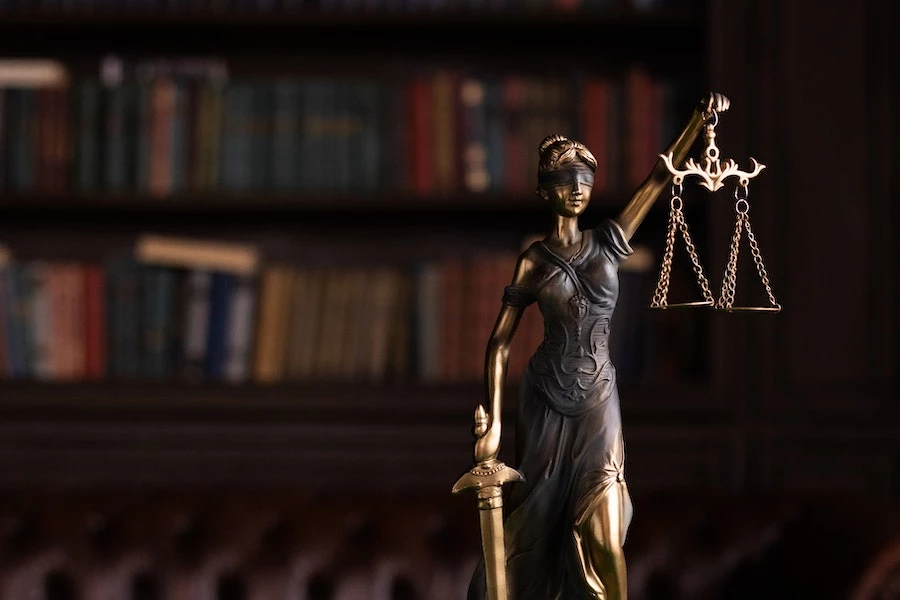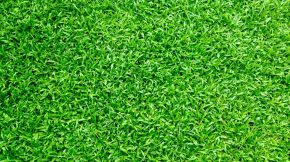What Constitutes Patent Infringement?
Share
Patent infringement happens when a person or company takes and uses an invention that was created by another person, company, or entity. This could result in damages for the original creator and the owner of the patent. For example, if one side is manufacturing a product with an idea from another patent, this may be considered patent infringement. However, patent infringement can also occur when a company uses or sells a patented item without permission from the original creator.
In order to prove a case of patent infringement, the person or company who owns the patent needs to prove that they actually have a tangible item as well as proof of ownership and creation. In some cases, patent infringers do not know that they are going against the patented item, which is why they may be given leniency in the case. However, when it comes to cases of malicious intent and personal gain, this could lead to heavy fines or even jail time for those caught infringing on patents.
1. Patent Law:
Patent law protects the inventor’s right to use their idea on any level they choose. The patent gives the owner the ability to make money off of their idea, and it also allows them to exclude others from profiting from it. Patent law also protects those who come up with a new idea or invention that is not currently under patent protection. This is because a person cannot be sued for using their own invention even though they have not applied for a patent.
It is up to the owner of the patent to decide whether they want to sell it or license it to others or keep it with them. An owner has exclusive rights over their idea, product or invention for at least twenty years after the date of their application for a patent. The patent protects what that person has invented and gives them ownership over the process or product that was created by them.
2. The Offending Patent:
The offending patent is the violation of another patent. This typically happens when someone takes a patented item and uses it without permission or sells it without the owner’s permission. This can also happen when one party tries to take another party’s idea and sell it as their own. When a person is accused of violating another patent, they need to prove that they were acting within their own rights or give proof that they indeed had permission from the original owner.
This may seem like a fairly simple concept, but proving that you have permission or ownership can be challenging. When it comes to proving ownership, one needs to possess the original document given by the creator of the patent.
3. The Alleged Infringement:
The accused infringement is the act of taking a patented item and using it without permission from the original inventor. This might seem like a straightforward case, but many times it does not happen that way. Many people have their own interpretation of what constitutes a patent infringement, and often this will be overlooked by patent lawyers. The Patent Office does not keep track of all the laws regarding patent infringement and what is considered to be legal or illegitimate.
4. Motive:
The motive of the patent infringer is what then makes this a malicious or non-malicious act. This will also have to be taken into account when determining the prosecution of a claim. If the accused infringed on their own invention without permission, this would be considered innocent infringement. However, if they intend to commit patent infringement and profit from it, they would be considered to be malicious infringers.
5. Intent:
The intent of the patent infringer also has to be taken into account. If someone is accused of patent infringement, they need to prove that they were acting within their own rights. The law states that one cannot steal or profit off of another person’s idea without consent or permission from the owner if it infringes on the original patent. It is important that one understands this before one decides to infringe on a patent.
6. Sufficiency of Prosecution:
When it comes to proving a case of patent infringement, the prosecution needs to be sufficient enough. This means that the prosecution needs to have proof that the accused infringer used or sold their patented item. As stated before, one may not know that they are infringing on a patent, and therefore there is no need for a threatening letter or warning. In these cases, one should focus on proving that they are guilty instead of trying to prove themselves innocent.
Conclusion:
In conclusion, one needs to understand what constitutes patent infringement before one takes someone else’s idea and starts profiting from it. It is important to understand that the owner of the patent will not be able to do much in terms of taking legal action against those who seek to profit from their hard work. However, one does have a certain amount of time to claim ownership over their patent before it is considered public domain.

















